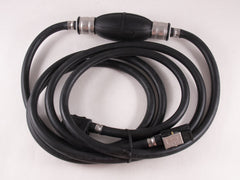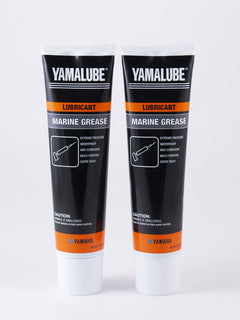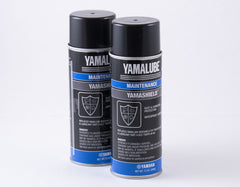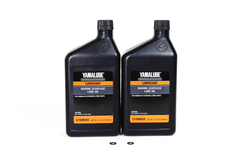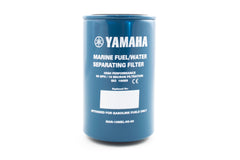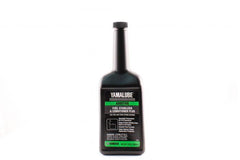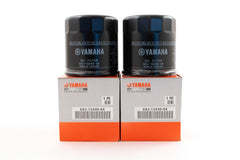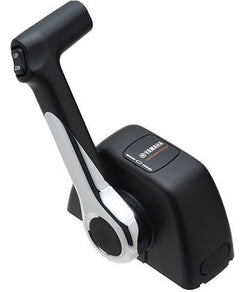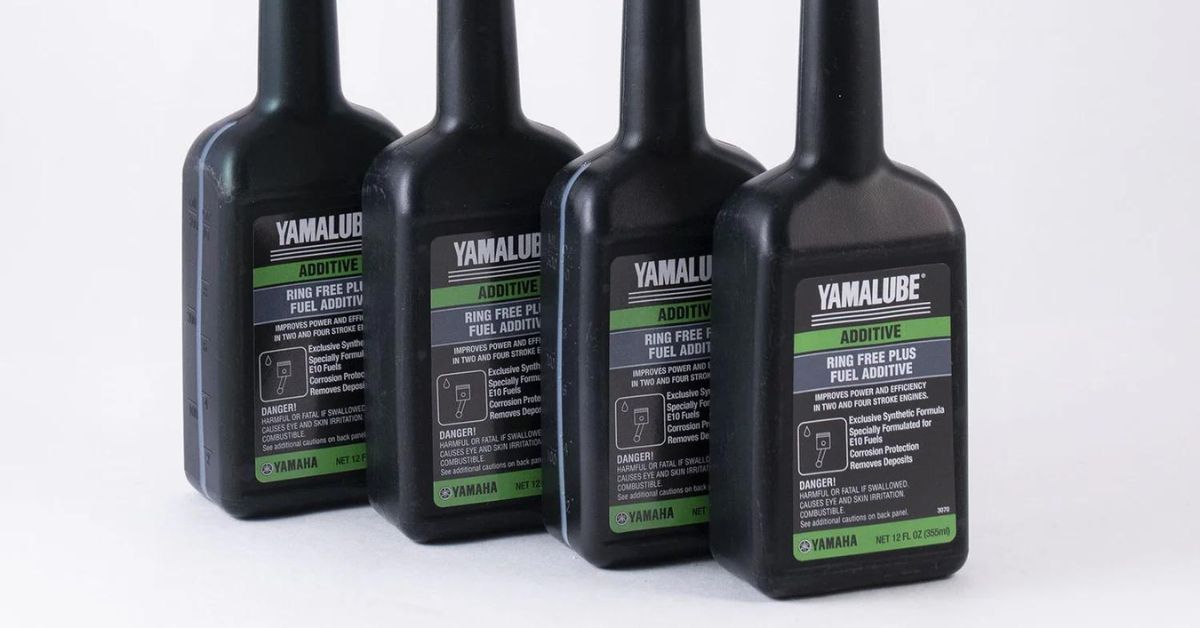
Using fogging oil in your outboard motor is one of the most important steps for protecting it during long-term storage. Whether you're winterizing a 4-stroke engine or tucking away your 2-stroke Yamaha for the off-season, fogging oil prevents internal corrosion, rust, and startup issues when you return to the water.
TL;DR: Fogging oil coats internal parts of your outboard engine with a protective, anti-corrosion layer. To fog your boat motor: 1) Idle the engine, 2) Spray fogging oil into the intake until it stalls, 3) Spray into each cylinder, 4) Rotate the flywheel to distribute the oil, 5) Reinstall spark plugs. Pair with Yamaha fuel additives for best results.
What does fogging oil do for an outboard motor?
Fogging oil protects your outboard motor by coating internal engine surfaces—like cylinder walls, pistons, and valves—with a moisture-resistant film. This barrier prevents corrosion during periods of non-use, especially in humid or saltwater environments. It’s essential maintenance for boats stored more than 30 days or over the winter.

When should I fog my outboard motor?
Yamaha recommends fogging before any storage period longer than one month. This includes:
- Off-season/winter storage
- Extended dry docking
- Infrequent boat use (30+ days idle)
- After operating in saltwater or high-humidity areas
Skipping this step can result in rust buildup, reduced performance, and even premature engine failure.
How do you fog a boat engine step by step?
Here’s how to fog a boat motor correctly:
- Warm up the engine by running it for 5–10 minutes. This helps distribute oil evenly.
- Stabilize the fuel system with Yamaha Fuel Stabilizer & Conditioner Plus.
- Spray fogging oil into the air intake or carburetor while the engine idles. Continue until the engine sputters and stalls.
- Remove the spark plugs and spray fogging oil into each cylinder (2–5 seconds per cylinder).
- Turn the flywheel or propeller by hand to distribute the oil internally.
- Reinstall spark plugs and clean the motor’s exterior before storage.
👉 This process takes about 15 minutes and pays off in smoother startups and reduced wear come springtime.
How to fog a 4-stroke vs. 2-stroke Yamaha outboard
- 2-stroke: Fog while idling—spray fogging oil directly into the carburetor or intake.
- 4-stroke: In addition to spraying during idle, also remove spark plugs and apply fogging oil directly into each cylinder.
Tip: Some Yamaha 4-strokes may require disabling the fuel supply to avoid over-fueling during fogging.
What happens if you skip fogging a Yamaha outboard?
Failing to fog your outboard can cause:
- Cylinder wall corrosion
- Stuck piston rings
- Hard starts or engine knock
- Costly repairs in spring
- Voided manufacturer warranty
“We once skipped fogging an older 4-stroke, and the startup next spring was a nightmare—lesson learned.”
Common fogging mistakes (and how to avoid them)
- Fogging without warming up the motor
- Forgetting to spray into all cylinders
- Using automotive fogging spray not rated for marine use
- Leaving fuel untreated during storage
- Applying too much oil and flooding the system
Stick to Yamaha-recommended fogging oil and follow your owner’s manual step by step.
Choosing the right fogging oil for Yamaha motors
For Yamaha outboards, always choose OEM-approved products:
- Yamalube Fogging Oil: Specially formulated for Yamaha 2-stroke and 4-stroke engines
- TC-W3 certification: Required for 2-stroke models
- FC-W compliance: Needed for 4-stroke applications
Avoid automotive sprays or generic brands that lack marine-grade protection.
Pair fogging with Yamaha fuel additives
For complete off-season engine care, use:
- Yamaha Fuel Stabilizer & Conditioner Plus
- Yamaha Ring Free Plus Fuel Additive
These Yamaha outboard motor fueladditives prevent gum and varnish buildup and ensure your engine is clean, dry, and protected from the inside out.
Is fogging a boat motor necessary every year?
Yes—if you're storing your boat for the winter or not using it for over a month. Annual fogging prevents rust, maintains cylinder compression, and ensures peace of mind at spring startup.
Even in mild climates, fogging prevents internal moisture from condensation and protects your investment.
Storage tips after fogging
- Store in a cool, dry place away from direct sunlight
- Keep the motor upright to avoid pooling
- Use a breathable cover to prevent dust buildup
- Disconnect the battery to prevent drain
- Label the motor as “fogged” to avoid confusion

What to check before using your motor again
- Remove and inspect spark plugs
- Look for rust, fouling, or excess oil
- Rotate propeller/flywheel to check movement
- Start the engine and idle for a few minutes
- Consider a mini tune-up before full operation
Yamaha’s official stance on fogging
Yamaha recommends fogging your outboard before any long-term storage to maintain warranty coverage and engine longevity. Their OEM fogging oil is engineered to match the internal tolerances of Yamaha motors and offers superior protection versus off-brand alternatives.
“Honestly, it’s not the most exciting job, but fogging a boat motor only takes 15 minutes and saves you from costly repairs.”
Where to buy fogging oil for Yamaha outboards
Wondering where to buy the right fogging oil for your Yamaha boat motor? Yamaha Online Parts offers a full catalog of:
- Yamalube Fogging Oils
- Yamaha OEM Fuel Additives
- Maintenance Kits for all Yamaha outboard models
- International shipping available
Visit YamahaOnlineParts.com or email support@yamahaonlineparts.com for assistance. Whether you’re prepping for winter in Seattle or dry-docking in Florida, we’ve got you covered.




